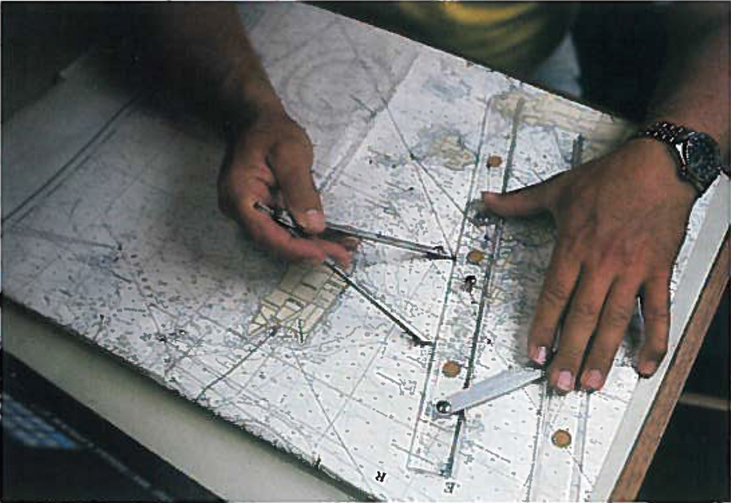| << Chapter < Page | Chapter >> Page > |
Check Your Understanding A cave diver enters a long underwater tunnel. When her displacement with respect to the entry point is 20 m, she accidentally drops her camera, but she doesn’t notice it missing until she is some 6 m farther into the tunnel. She swims back 10 m but cannot find the camera, so she decides to end the dive. How far from the entry point is she? Taking the positive direction out of the tunnel, what is her displacement vector relative to the entry point?
16 m;
When vectors lie in a plane—that is, when they are in two dimensions—they can be multiplied by scalars, added to other vectors, or subtracted from other vectors in accordance with the general laws expressed by [link] , [link] , [link] , and [link] . However, the addition rule for two vectors in a plane becomes more complicated than the rule for vector addition in one dimension. We have to use the laws of geometry to construct resultant vectors, followed by trigonometry to find vector magnitudes and directions. This geometric approach is commonly used in navigation ( [link] ). In this section, we need to have at hand two rulers, a triangle, a protractor, a pencil, and an eraser for drawing vectors to scale by geometric constructions.

For a geometric construction of the sum of two vectors in a plane, we follow the parallelogram rule . Suppose two vectors and are at the arbitrary positions shown in [link] . Translate either one of them in parallel to the beginning of the other vector, so that after the translation, both vectors have their origins at the same point. Now, at the end of vector we draw a line parallel to vector and at the end of vector we draw a line parallel to vector (the dashed lines in [link] ). In this way, we obtain a parallelogram. From the origin of the two vectors we draw a diagonal that is the resultant of the two vectors: ( [link] (a)). The other diagonal of this parallelogram is the vector difference of the two vectors , as shown in [link] (b). Notice that the end of the difference vector is placed at the end of vector .

It follows from the parallelogram rule that neither the magnitude of the resultant vector nor the magnitude of the difference vector can be expressed as a simple sum or difference of magnitudes A and B , because the length of a diagonal cannot be expressed as a simple sum of side lengths. When using a geometric construction to find magnitudes and , we have to use trigonometry laws for triangles, which may lead to complicated algebra. There are two ways to circumvent this algebraic complexity. One way is to use the method of components, which we examine in the next section. The other way is to draw the vectors to scale, as is done in navigation, and read approximate vector lengths and angles (directions) from the graphs. In this section we examine the second approach.

Notification Switch
Would you like to follow the 'University physics volume 1' conversation and receive update notifications?